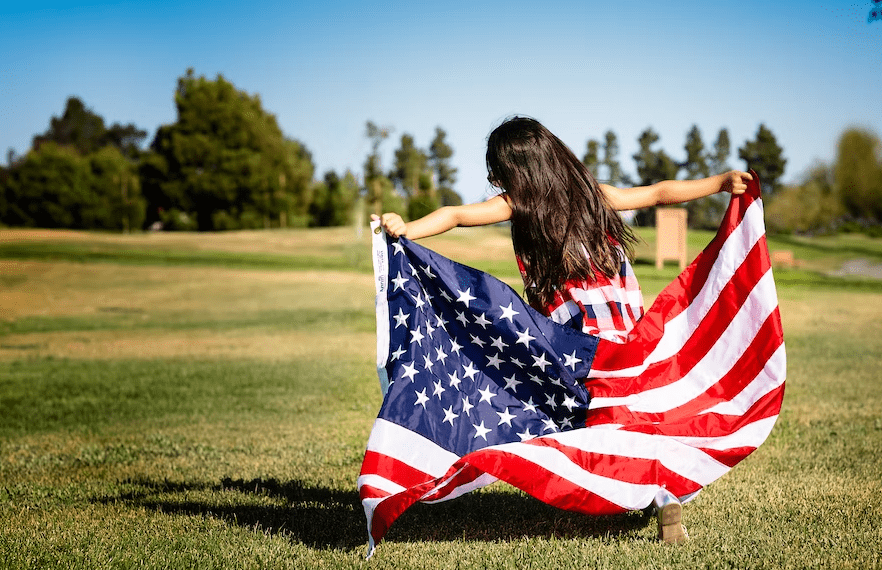The Fourth of July, also known as Independence Day, is a significant date in American history. It is a day filled with festive celebrations, fireworks, parades, and barbecues. This article explores the history of the Fourth of July, its significance, and how it has evolved over time.
The Birth of a Nation
The Road to Independence
In the late 18th century, the American colonies were under British rule. However, growing dissatisfaction with British policies ignited a desire for independence among the colonists. Tensions escalated in the 1760s and 1770s, culminating in the American Revolution.
The Declaration of Independence
On July 4, 1776, the Continental Congress adopted the Declaration of Independence, marking the birth of a new nation. The document, drafted by Thomas Jefferson, outlined the colonies’ grievances against the British crown and asserted their right to self-government.
The Significance of Independence
The Declaration of Independence laid the foundation for the United States of America, establishing the guiding principles of individual liberty, equality, and the pursuit of happiness. The Fourth of July commemorates the nation’s hard-fought freedom from British rule and celebrates the ideals upon which it was founded.
Evolution of Fourth of July Celebrations
Early Observations
In the years following the Declaration of Independence, festivities to commemorate the Fourth of July were modest and patriotic in nature. They included public readings of the Declaration, bonfires, and music.
The Tradition of Fireworks
Firework displays became a popular tradition during the early 19th century, symbolizing the rockets and explosions of the Revolutionary War. The first recorded fireworks display took place on July 4, 1777, in Philadelphia.
National Recognition
Parades and Pageantry
By the 19th century, Independence Day parades had become a widespread tradition. These parades showcased patriotic displays, military processions, and bands playing patriotic tunes.
The Statue of Liberty
One of the most iconic symbols of American independence, the Statue of Liberty, was dedicated on October 28, 1886, and quickly became deeply associated with the Fourth of July celebrations.
The Rise of Barbecues and Picnics
In the late 19th century, barbecues and picnics emerged as popular ways to celebrate Independence Day. Families and communities would gather outdoors, enjoying grilled food, games, and socializing.
Modern Fourth of July Celebrations
Community Festivities
Today, Fourth of July celebrations have evolved into larger, community-wide events. Festivals and fairs are organized, offering food vendors, live music, and a wide array of activities for people of all ages.
Fireworks Spectaculars
Fireworks remain an integral part of modern Fourth of July celebrations. Cities across the United States put on stunning pyrotechnic displays, often synchronized with music and choreographed to create mesmerizing spectacles.
Independence Day Parades
Parades continue to be a cherished tradition, with communities showcasing their patriotism by marching bands, floats displaying historical themes, and veterans’ groups. They bring people together and foster a sense of pride and unity.
Family Gatherings and Barbecues
Fourth of July is a time for families and friends to connect and spend quality time together. Backyard barbecues, picnics, and potluck gatherings are popular, with the aroma of grilled delicacies filling the air.
Sports and Entertainment Events
Sports events are another staple of Fourth of July celebrations. Baseball games, soccer matches, and other sporting events are often scheduled on this day, offering families an opportunity to enjoy their favorite pastimes.
FAQs
What is the significance of the Fourth of July?
The Fourth of July commemorates the adoption of the Declaration of Independence and the birth of the United States of America. It represents the ideals of freedom, liberty, and self-governance.
How did fireworks become associated with the Fourth of July?
Firework displays became linked to the Fourth of July as early as 1777. The rockets and explosions of fireworks symbolize the artillery fired during the Revolutionary War.
Are there any historic sites associated with the Fourth of July?
Yes, several historic sites have a deep connection with the Fourth of July. These include Independence Hall in Philadelphia, where the Declaration of Independence was signed, and Mount Rushmore, featuring the faces of four influential American presidents.
What foods are traditionally enjoyed on the Fourth of July?
Grilled hamburgers, hot dogs, corn on the cob, watermelon, and apple pie are some of the quintessential foods enjoyed on the Fourth of July.
How do people decorate for Fourth of July celebrations?
Red, white, and blue are the dominant colors used for decorations. People often adorn their homes and outdoor spaces with American flags, banners, and patriotic-themed accessories.
The Fourth of July is a cherished holiday that commemorates the birth of the United States of America. It is a day filled with festivities, reminding us of the hard-fought freedom and the values upon which the nation was built. From its humble origins to modern-day celebrations, the Fourth of July remains a time for communities, families, and friends to come together and honor the country’s history and ideals.

